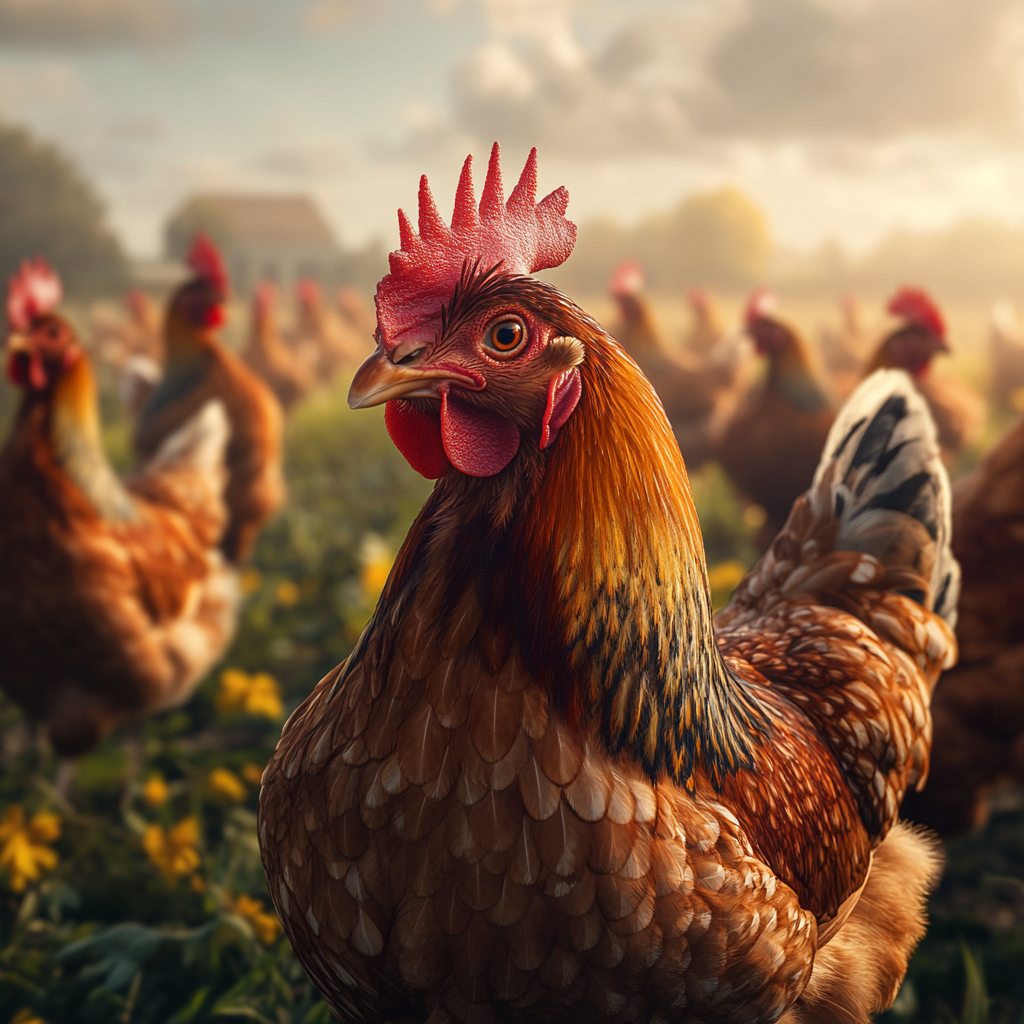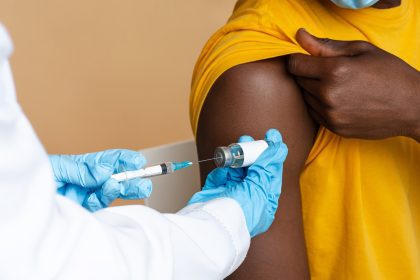As bird flu continues to spread across farms nationwide, Americans are wondering whether their morning glass of milk or scrambled eggs might put their health at risk. The good news? Food safety experts say your breakfast is still safe to eat, but your wallet might feel the pinch.
The truth about bird flu in your food
Recent testing by the Food and Drug Administration discovered fragments of bird flu virus in several dairy products, including pasteurized milk, sour cream, and cottage cheese. This news sparked concern among shoppers, but medical experts say there’s no need to clear out your refrigerator just yet.
5 facts about food safety during the outbreak
- No live virus found The FDA reports zero findings of live, infectious bird flu virus in any commercial food products. The fragments detected in dairy items are similar to finding fallen leaves after a storm – they show something happened, but they can’t grow into new trees.
- Pasteurization works The pasteurization process, which involves heating milk to specific temperatures, effectively kills any bird flu virus that might be present. This safety measure has protected consumers from various pathogens for decades.
- Testing requirements Every dairy cow must test negative for Influenza A before crossing state lines, thanks to strict U.S. Department of Agriculture regulations. This requirement helps prevent infected animals from spreading the virus between farms.
- Cooking eliminates risk Even if the virus were present in eggs or meat, cooking food to 165 degrees Fahrenheit destroys it completely. This is the same temperature recommended for killing common bacteria like Salmonella.
- Supply chain protection When infected birds are identified on farms, entire flocks are removed from the food supply to prevent any possibility of contaminated products reaching store shelves.
Why egg prices are soaring
The most noticeable impact of the bird flu outbreak isn’t on public health – it’s on consumer wallets. Egg prices have more than doubled since January 2024, jumping from $2.52 to $4.95 for a dozen large grade A eggs.
Behind the shortage
Farmers face tough decisions when bird flu reaches their farms. To prevent the virus from spreading, they must eliminate entire flocks of chickens that have been exposed, even if only a few birds show symptoms. This protective measure has led to a significant decrease in egg-laying hens across the country.
What experts say about dairy safety
S. Wesley Long, who directs diagnostic microbiology at Houston Methodist, explains that the food industry maintains multiple safeguards to protect consumers. These measures start at the farm and continue through processing and packaging.
The unpasteurized warning
While pasteurized products remain safe, experts strongly caution against consuming raw milk or products made from it. Richard J. Webby, who leads influenza studies at the World Health Organization’s Collaborating Centre, emphasizes that unpasteurized dairy products carry unnecessary risks during this outbreak.
How to protect yourself
Food safety experts recommend several simple steps to ensure your food remains safe to eat. Always buy pasteurized dairy products and check labels carefully. Cook eggs until both whites and yolks are firm, and heat all poultry products thoroughly.
Understanding pasteurization
The pasteurization process has protected consumers for generations. Milk is rapidly heated to at least 161 degrees Fahrenheit for 15 seconds, then quickly cooled. This process kills harmful bacteria and viruses while maintaining the milk’s nutritional value.
The science behind cooking temperatures
When you cook meat, poultry, or eggs to 165 degrees Fahrenheit, you’re not just following a random guideline. This temperature effectively destroys viruses and bacteria by breaking down their protective structures, making them harmless to humans.
Impact on farmers
Local farmers face significant challenges during this outbreak. Beyond the emotional toll of losing their flocks, they must implement extensive cleaning and safety measures before bringing in new animals, leading to weeks or months of lost production.
Shopping smart during shortages
While egg prices remain high, consumers can explore alternatives for baking and cooking. Many recipes can use substitutes like applesauce, mashed bananas, or commercial egg replacers without sacrificing taste or texture.
Looking ahead
Agricultural experts expect the egg shortage to continue for several months as farmers work to rebuild their flocks. However, the food safety systems protecting our dairy and poultry supplies remain strong and effective.
The global context
Bird flu outbreaks occur periodically worldwide, but the United States maintains some of the strictest food safety standards globally. These regulations help ensure that even during outbreaks, our food supply remains safe for consumption.
When to check for updates
The Centers for Disease Control and Prevention, FDA, and USDA regularly update their guidelines based on new findings. While current safety measures prove effective, staying informed about any changes helps consumers make smart decisions about their food choices.
The bottom line? While the bird flu outbreak presents challenges for farmers and consumers alike, proper food handling and cooking methods ensure that dairy products and eggs remain safe to eat. The biggest impact consumers will notice is at the checkout counter, not in their health.















